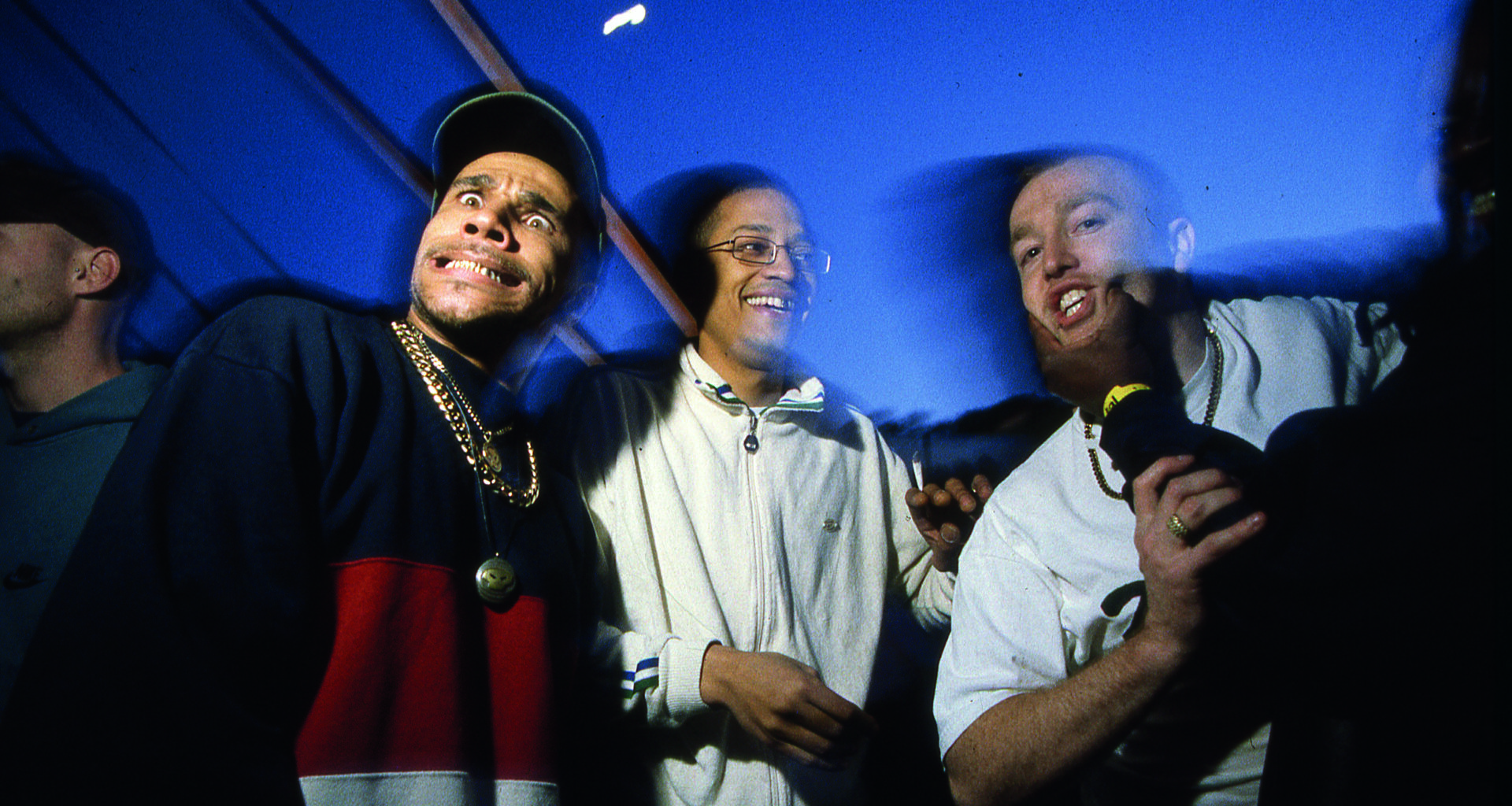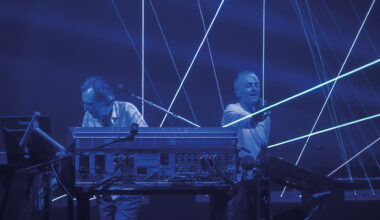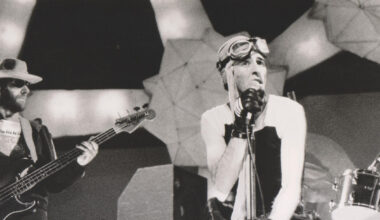In an exclusive extract abridged from their new book, ‘Renegade Snares – The Resistance And Resilience Of Drum & Bass’, authors Ben Murphy and Carl Loben pick their way through the origins of the more mellow offshoot, and it all starts with LTJ Bukem
Want to read more?
Sign up to Electronic Sound Premium to gain access to every post, video, special offers, and more. 100%, all you can eat, no commitment, cancel any time.
Already a premium member? Log in here






